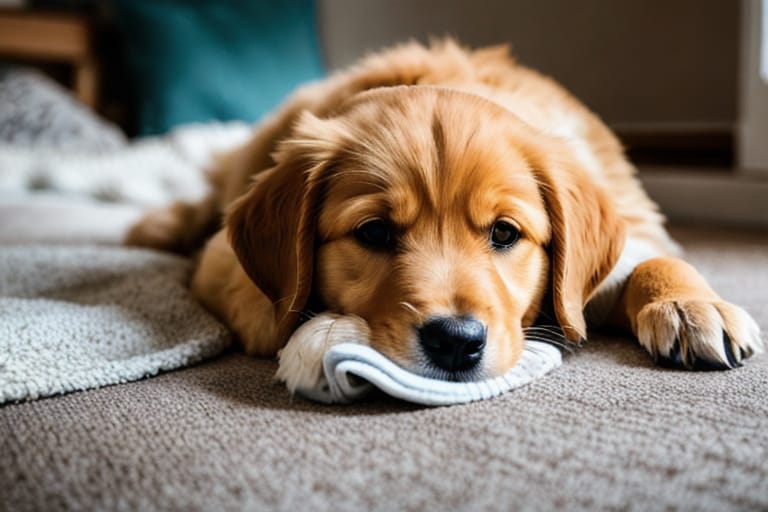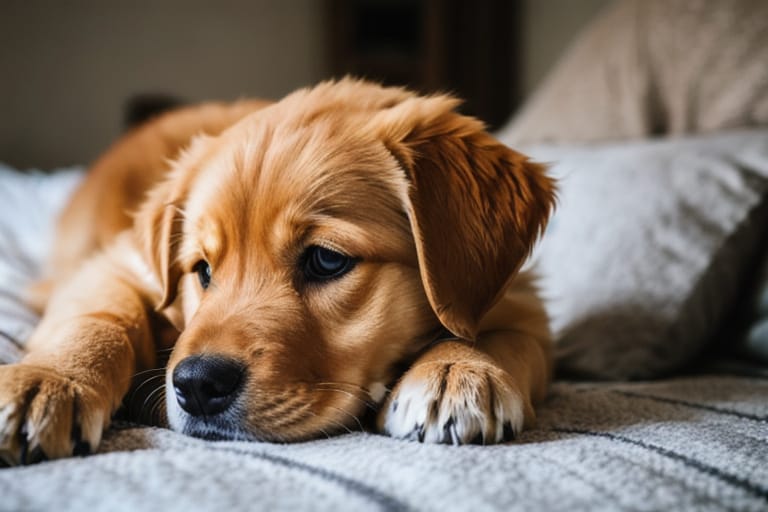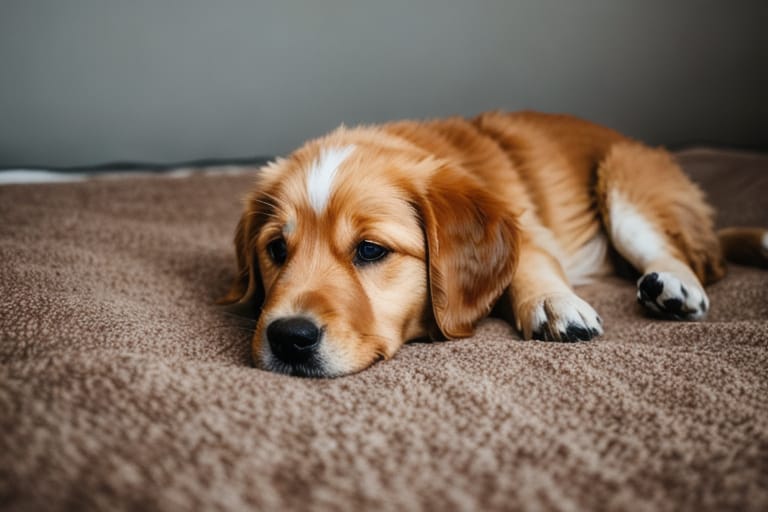Down alternative comforters provide warmth and softness similar to luxury down, but without the high price tag or ethical concerns about animal welfare. This synthetic bedding has exploded in popularity thanks to innovative materials like PrimaLoft that offer down-like coziness at a fraction of the cost.
In this beginner’s guide, we’ll explore the key benefits of choosing down alternative, compare different fill options, provide tips for buying the best comforter for your needs, share reviews of top-rated products, and more!
What is a Down Alternative Comforter?
A down alternative comforter contains synthetic fiber filling instead of expensive goose or duck down. The most common types of down alternative fills are:
- PrimaLoft® – The leading brand of high-tech microfiber thermal insulation originally made for winter jackets. Now adapted for bedding. Mimics the lightweight warmth and compression of down.
- Microfiber – Extremely fine polyester fibers, smaller than silk threads, which trap high amounts of air to create warmth without weight.
- Polyester fibers – Basic synthetic filling made of PET (polyethylene terephthalate). Budget-friendly option.
These innovative hypoallergenic materials provide warmth comparable to natural down. But unlike feather/down bedding, down alternatives remain fluffy after compressing. And they are easier to care for since most styles are machine washable.
For budget-conscious consumers or those with down allergies/sensitivities who still want a luxurious comforter, down alternative bedding is an excellent solution!
Benefits:
✅ Similar fluffiness & warmth to down
✅ Lower cost than down
✅ Wrinkle/stain resistant materials
✅ Hypoallergenic and anti-microbial
✅ Easy-care machine washable styles
How Down and Down Alternatives Differ in Performance
To understand why down alternative comforters have gained popularity, it’s useful to compare their characteristics and performance to natural goose/duck down fill.
Down Fill
- Warmth – Excellent (with high fill power)
- Softness – Exceptional feathery feel
- Compressibility – Very high loft
- Durability – Moderate (delicate, requires babying)
- Care – Dry clean or gentle cycle only
- Affordability – Very expensive
- Allergies – Common trigger for sensitivities
Down Alternative Fill
- Warmth – Very good (nearly as warm as quality down)
- Softness – Good to excellent (“down-like”)
- Compressibility – Moderate loft that rebounds well
- Durability – Very high (long-lasting, stain-resistant)
- Care – Usually machine washable
- Affordability – Very budget-friendly
- Allergies – Hypoallergenic properties
In summary, both offer great comfort and insulation. But down alternative bedding achieves near-comparable coziness for a fraction of the investment. Plus, it avoids downsides like high maintenance laundering.
For shoppers wanting excellent performance without the swelling price tag or allergy issues, down alternative delivers!
Critical Factors in Choosing the Best Comforter
Beyond comparing general pros and cons, here are key considerations when selecting your ideal down alternative comforter:
1. Desired Level of Warmth
Depending on your climate conditions and whether you “sleep hot,” choose options offering lighter or more substantial insulation.
Look for the fill power measurement which indicates loft and efficiency trapping body heat. Most quality down alternatives rate from 400 to 600 fill power. Higher numbers equal more warmth without excess weight.
- 400-499 – Moderate warmth perfect for milder temperatures
- 500-599 – Excellent warmth for cold winter nights
- 600+ – Ultra-plush loft for frigid conditions
Ideally pick synthetic fills with PrimaLoft® or microfiber for optimal insulation levels akin to premium down.
2. Density and Weight Preferences
Do you like snuggling under a pleasantly heavy, weighted blanket-style comforter? Or does a lighter, airier version appeal more?
Read specs to check the fill weight relative to size for density and drape. Heavier options around 36 ounces for a Queen deliver more substantial, cozying feel. While lighter ones under 30 ounces have cloud-like breathability.
3. Allergies and Reactivity Concerns
One of the biggest perks of down alternative bedding is suitability for people with sensitivities using hypoallergenic synthetics:
- PrimaLoft® and Microfiber mimic down minus allergens
- Polyester also deters dust mites
- Many feature antimicrobial properties treating materials
This allows allergy sufferers to enjoy deliciously plush bedding without reactions.
Be sure to verify certified hypoallergenic labels when needed for health reasons.
4. Easy Care and Durability Needs
Between messy toddlers, pets, late-night snacking, or accident-prone tendencies, most comforters get exposed to spills, stains and dirt on the regular.
That’s why effortless cleaning matters along with long-term durability!
Thankfully most quality down alternative styles are machine washable. Compared to dry clean only natural down comforters.
And they incorporate wrinkle/stain-resistant fabrics fending off grunge – even after repeat laundering.
Prioritize easy-care ability to refresh comforters without sending to the pros.

What Are the Most Common Types of Down Alternative Fill?
Now that you know what to evaluate…next up, understanding the differences in the most popular synthetic fiber options inside comforters:
PrimaLoft®
The exceptional PrimaLoft® microfiber insulation originated for winter apparel. It resembles fluffy goose down with incredible softness and heat efficiency.
- Fibers – Fine microfibers form tiny air pockets
- Warmth – Extremely high (nearly identical to down)
- Compression – Excellent loft and bounce-back
- Care – Machine wash; fast drying
- Cost – $$$ (worth it for superb performance)
Ideal for shoppers wanting near-identical down warmth and cuddliness.
Microfiber
This popular synthetic uses masses of silk-fine filaments measuring less than 1 denier for unbeatable softness and heat retention approaching down.
- Fibers – Thinner than silk; light as a feather
- Warmth – Very high
- Compression – High bounce-back
- Care – Machine wash
- Cost – $$
The perfect balance of cozy, durable and budget-friendly properties.
Polyester
Basic polyester “pet” fiber is an affordable filler alternative emulating some cushion and insulation of down at a lower price point.
- Fibers – Ultra-fine PET strands
- Warmth – Medium
- Compression – Low to moderate
- Care – Machine wash
- Cost – $ (budget buy)
Ideal for casual comforters or spare guest bedding. The lower cost offsets somewhat reduced cloud-like softness.
Quick Comparison Chart:
| Fill Material | Price | Warmth | Softness | Care |
|---|---|---|---|---|
| PrimaLoft® | $$$ | ⭐⭐⭐⭐⭐ | ⭐⭐⭐⭐⭐ | Machine wash |
| Microfiber | $$ | ⭐⭐⭐⭐ | ⭐⭐⭐⭐ | Machine wash |
| Polyester | $ | ⭐⭐⭐ | ⭐⭐ | Machine wash |
What About “Natural” Down Alternatives?
We’ve covered the most popular synthetics resembling luxe down comfort. But what about eco-conscious shoppers wanting more green options?
Several companies now offer down alternative comforters using natural materials as filler. These sustainable sources come with pros and cons to weigh:
🥕 Organic Cotton
- Natural, renewable & biodegradable
- Not as fluffy or warm as synthetics
- Lower price than down
🌾 Kapok Fiber
- Eco-friendly tree extract
- Light, cotton-candy soft feel
- Less durable than synthetics
So while these greener down alternatives rate well for environmental standards, most still fall short matching the exceptional coziness of PrimaLoft® or microfiber.
Expect trade-offs paying more for botanical materials with limitations around breathability, longevity or warmth.
What Makes for Excellent Down Alternative Comforter Quality?
Beyond just the fill contents, the outer shell fabric and construction impact durability, softness and temperature regulation.
Follow this quality checklist when comparing down alternative options:
- ✅ High thread count shell – Minimum 300 threads/square inch
- ✅ Breathable fabrics like cotton, bamboo or eucalyptus
- ✅ Double-stitched seams prevent fill leakage
- ✅ Internal baffle boxes distribute fill evenly
- ✅ Corner loops for duvet ties to secure comforter
- ✅ OKEO-TEX certification guaranteeing safe materials
Also look for responsible manufacturing upholding ethical standards in worker treatment and environmental policies.
High-quality materials and conscientious production protect your investment in a long-lasting, uber-cozy down alternative!
Down Alternative Comforters: Cleaning & Care Tips
Most down alternative bedding handles frequent machine washing without damage thanks to durable synthetics.
Here are pro cleaning methods extending lifespan for years:
- Shake comforter outdoors first to dislodge dust and debris
- Use front loader washing machines; traditional agitator types can clump fills
- Wash on delicate/gentle cycle in cold water
- Low or no heat tumble dry to restore fluffiness
- For stubborn stains, spot treat with diluted gentle detergent
With proper care, a quality down alternative comforter will keep you cozy in bed for 5-10 years!
If yours loses loft over time, have it professionally re-fluffed to restore like-new comfort.

Latest Consumer Trends to Know
Several shifts in the bedding marketplace influence current options in down alternative comforters:
1. Focus on Social Responsibility
Eco-minded companies now aim for sustainably-produced materials from transparent, ethical sources.
For example, leading brand Buffy sources earth-friendly eucalyptus textiles and recycled PET fill to lower environmental impact.
2. Desired Customization
Rather than one-size-fits-all, customers increasingly want more personalized sizing, colors, and design accents.
Look for made-to-order styles offering exact mattress dimensions vs. ballpark Queen or King sizes.
3. Hybrid Combinations
Creative new down alternative comforters mix synthetics with cooling gels, moisture-wicking fabrics, or temperature-regulating phase change materials balancing insulation with breathability.
Latest Innovations
- Silver ion antimicrobial shields
- Odor/moisture-eliminating bamboo rayon covers
- Moisture-wicking Tencel covers pulling heat away
Expect even more high-tech, customized iterations optimizing comfort!
Frequently Asked Questions
What is better: a down alternative comforter or real down comforter?
For most people, a quality down alternative offers better overall value with nearly equal softness, durability, and warmth at a fraction of the price. Down requires delicate care and carries higher allergy risk. The top down alternatives like PrimaLoft® now truly mimic luxurious down feel and insulation.
How do I know the fill power measurement of a down alternative comforter?
Check product details for the fill power ranging from 400 to 600+ for down alternatives. Higher numbers indicate more loft and efficient heating capacity. Some brands list equivalent warmth ratings like “keeps you cozy to 15°F” rather than numeric fill power.
What’s the best fill material: PrimaLoft®, microfiber or polyester?
PrimaLoft® represents the gold standard for mimicking exceptional down qualities. But premium microfiber nearly matches that softness and warmth at a more budget-friendly price. Basic polyester serves as an even cheaper filler alternative with slight trade-offs in rich density and compression.
How often should I wash a down alternative comforter?
Plan to launder your down alternative comforter every 2-3 months. Check the product tag first to confirm washing methods approved by the manufacturer. Most down alternative styles handle frequent machine washing, but always air dry thoroughly before returning to your bed.
What is the advantage of down alternative for allergy sufferers?
Unlike natural down/feathers which commonly trigger allergies and asthma, down alternatives utilize hypoallergenic synthetics like PrimaLoft, microfiber and PET polyester. These mimic down coziness without problematic proteins causing allergy issues. That makes them ideal for sensitive individuals!
Where can I buy an affordable down alternative comforter?
Many big box stores like Target and Walmart sell budget down alternative comforters under $50. For better year-round comfort, expect to invest $80 to $150. Top-rated options are available on Amazon, bedding specialty sites like Brooklinen, or home stores like Bed Bath & Beyond.








